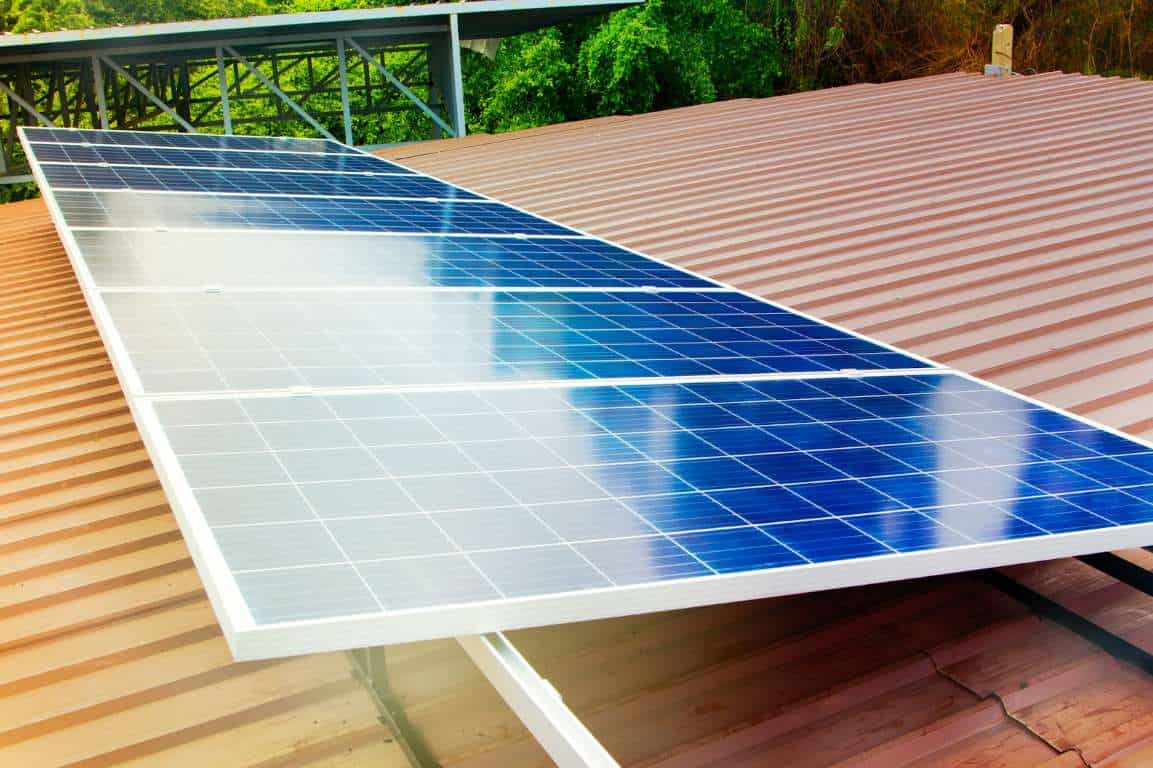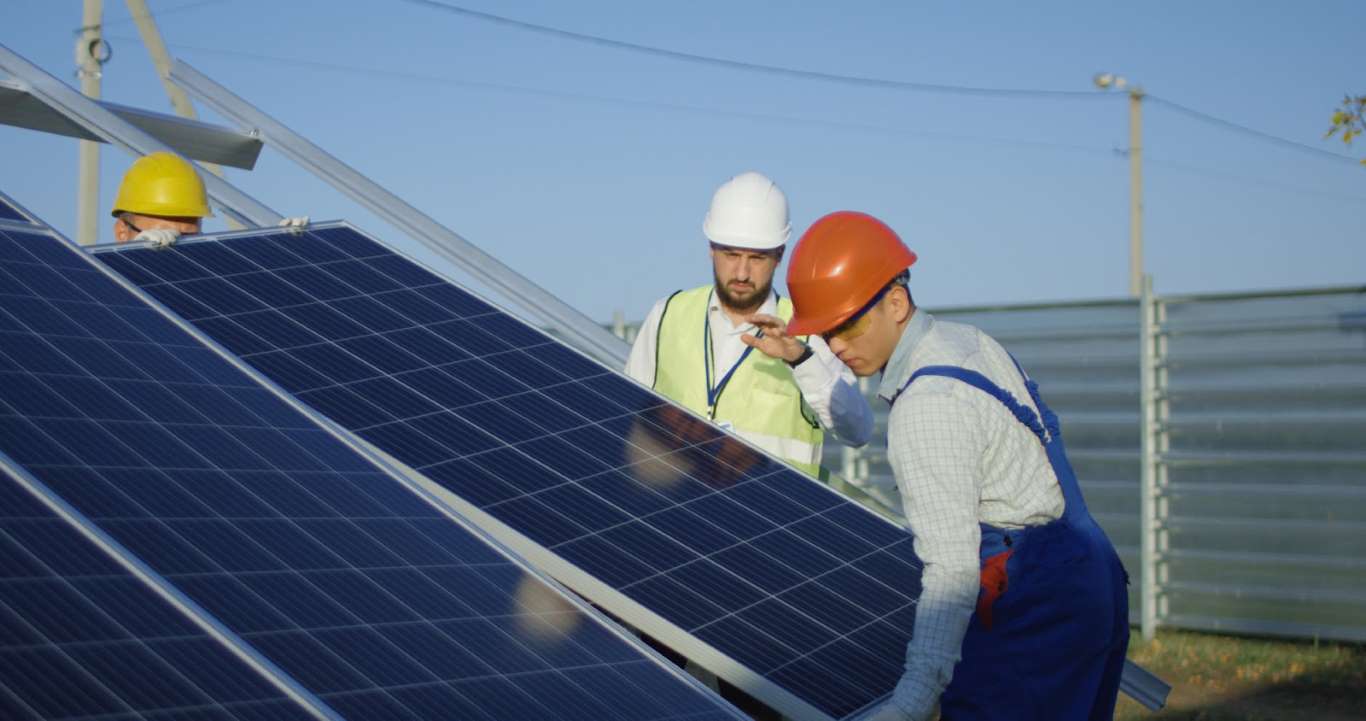From reducing to eliminating your electric bill, energy dependence, and carbon footprint, investing in a more sustainable future is as good as reason as any to get started with solar energy. However, with different solar panels dimensions, compositions, and factors to weigh, it can be challenging to figure out how many solar panels are needed to maximize your ROI.
This leads us to wonder, do you know how many solar panels you need?
In this article, we’ll cover:
- Factors that influence solar efficiency
- How big are solar panels, their dimensions, and output
- Reducing energy costs and dependencies with solar energy
Standard Solar Panel Size
How big is a solar panel?
There are three main sizes of solar panels to know: 60-cell, 72-cell, and 96-cell. For commercial and residential solar panels, the 60-cell and 72-cell solar panels size are most commonly used as the 96-cell measures 17.5 square feet – which can make for a challenging fit on your roof.
Solar Panel Dimensions of the Three Common Types of Panels

60-Cell Solar Panels
The standard solar panel size, the 60-cell is structured as a 6×10 grid and measures 3.25 feet by 5.5 feet.
72-Cell Solar Panels
The average 72-cell solar panel size measures 3.25 feet by 6.42 feet and is laid out as a 6 x 12 grid, making them almost a foot taller than the 60-cell standard size panels. Given their large physical size, 72-cell solar panels may be awkward to carry, which is why two people are often required for installation.
96-Cell Solar Panels
The 96-cell panel possesses an 8 x 12 grid structure that measures 41.5 inches by 62.6 inches.
|
Get Rewarded for Going Solar The excess solar energy you produce can be sold back to the grid – potentially opening up a new source of revenue. |
Solar Panel Size Chart
| Solar Design | Width | Height | Depth |
| 60-cell | 39” | 66” | 1.3” – 1.6” |
| 72-cell | 39” | 77” | 1.3” – 1.6” |
| 96-cell | 41.5” | 62.6” | 1.38” |
Solar Power Calculation Formula
Most solar panels produce an output between 250 watts to 400 watts, although some panels have been known to exceed 400 watts. Based on that, you can use the solar system calculation formula to assess how big your solar system needs to be.
With the average American’s energy consumption of 867 kWh per month, it takes 6.5 kW of solar array to completely offset the usage. In other words, it takes between 20 to 25 solar panels to completely cover the average American’s electrical usage.
Now in order for you to find out how many panels are required, you need to check your utility bills to see your average monthly and annual energy usage. From there, you can base your calculations on accurate estimations relevant to the solar panel dimensions you’re browsing.
To help you calculate your demands, we’ve included an example chart below based on an average of 320 watts per solar panel:
| Solar Panel Examples – (Calculated 320 watts per solar panel) | ||
| System Size | Panels Required | Average Annual Production |
| 6 kW | 19 | 9,600 kWh |
| 8 kW | 25 | 12,800 kWh |
| 10 kW | 32 | 16,000 kWh |
| 12 kW | 38 | 19,200 kWh |
| 14 kW | 44 | 22,400 kWh |
Depending on the following factors below, the average solar system contains between 18 to 23 panels and averages a system size between 375 square feet to 429 square feet.
Factors that Affect Solar Panel Output
Regardless of a solar panels size, there are factors that can significantly influence your solar panel’s energy capabilities, such as:
- Solar Panel Structure: The solar panel dimension, composition, and photovoltaic (PV) technology.
- Average Solar Panel Size: Available roof space, solar panels size, and the load your roof can support.
- Solar Irradiance: Earth has many places with different sunlight hours and sums of solar energy.
- Local Climate: Mild climates consume less energy than cold or hot climates as energy consumption fluctuates with heating and cooling needs.
- Energy Demands: Determining how much power (measured as Kilowatt-hours or kWh) you use per month and on an annual basis will help you roadmap your solar power needs.
Discover the Best Solar Panels Dimensions for Maximum ROI

Figuring out how many solar panels you really need requires crunching several variables at once to determine feasibility, cost savings, and ROI. To simplify the process, consider using an experienced solar provider.
At Airis Energy, we possess over 25 years in business and will streamline your solar experience from start to finish. With us in your corner, you can reduce your lighting energy consumption by up to 90% and receive quotes in as little as 24 hours.
Are you ready to invest in a cleaner future?
Speak with one of our solar installation experts today and get the answers you need without the hassle.
| For more information on solar panels, visit our blogs on: |
Solar Panel FAQs
What is the typical size of a solar panel?
There are three solar panel sizes, including 60-cell, 72-cell, and 96-cell solar panels.
How much do solar panels weigh?
The weight of the panel, depending on the solar cell structure, materials, and required mounting accessories, can be between 40 and 60 pounds. They add about 2.8 pounds per square foot on a pitched roof and about 5 pounds per square foot on a flat roof.
How big are individual solar cells?
The average size of a solar panel cell measures 6” by 6” square.
How many solar panels do I need for my home?
The average home requires around 20 solar panels to completely offset its utility costs.
How big is one solar panel?
The average solar panel measurement (dimensions) are:
- 60-cell solar panel: 39” W x 66” L
- 72-cell solar panel: 39” W x 77” L
- 96-cell solar panel: 41.5” W x 62.6” L
Are solar panels worth it?
Solar panels can be a rewarding investment depending on your electricity prices, energy demands, location, and desire to be eco-friendly. To find out if solar panels are a smart choice for you, consider taking our Free Solar Energy Audit today.

